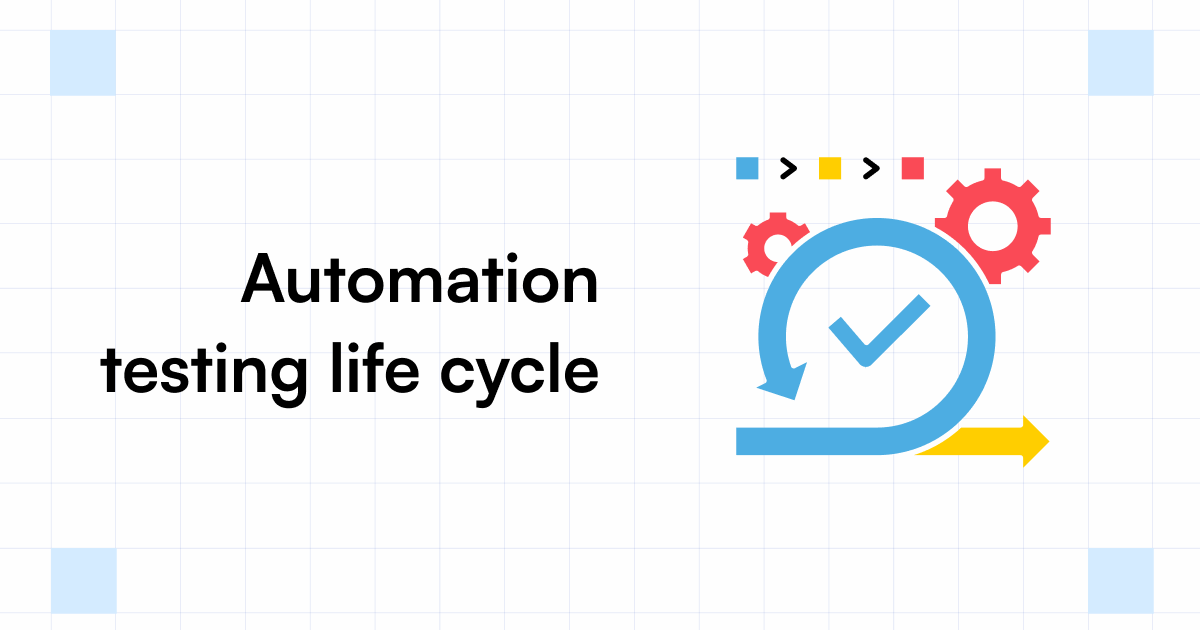Exploring the Future of Automation Testing in Software Program Advancement
Exploring the Future of Automation Testing in Software Program Advancement
Blog Article
From Manual to Automated Screening: A Comprehensive Guide to Transitioning Efficiently and Efficiently
In the realm of software program testing, the shift from manual to automated processes has actually become a significantly crucial shift for organizations looking for to enhance effectiveness and precision in their screening techniques. As modern technology continues to advancement, the need for seamless and efficient automatic testing approaches has never been more important. The trip from manual to automated testing is not without its challenges, but when come close to tactically and with a clear plan in mind, the advantages can be significant - automation testing. In this thorough overview, we will certainly check out key steps and factors to consider necessary for a successful shift, from the initial selection of tools to the integration of automation into existing process. Remain tuned to reveal the insights that will aid pave the method for a smoother and more reliable screening procedure.
Benefits of Automated Examining
Automated screening supplies various benefits, improving effectiveness and accuracy in software application growth procedures. Automated examinations can be run at the same time on several gadgets and running systems, significantly speeding up the screening stage compared to hand-operated screening.
Furthermore, automated testing guarantees a greater degree of accuracy in finding defects. Since automated examinations adhere to predefined manuscripts, human error is reduced, causing more reputable examination results. Uniformity in testing is likewise boosted, as automated tests carry out the exact same steps precisely each time they are run. This uniformity is essential in ensuring that all performances of the software are thoroughly tested, lowering the possibility of unnoticed bugs sliding with to manufacturing.
Selecting the Right Devices

To start with, examine your demands and objectives. Understand the extent of your project, the innovations entailed, and the ability set of your team. This evaluation will help you identify the features and abilities you need in your testing devices.
Second of all, take into consideration the compatibility of the tools with your existing processes and systems. Smooth assimilation with your existing software growth lifecycle is important to ensure a smooth shift to automation.
Additionally, assess the scalability and versatility of the devices. As your screening requires develop, the devices must have the ability to adjust and fit adjustments properly.
Last but not least, variable in the assistance and neighborhood around the devices. Robust support and an energetic customer community can give important resources and help when carrying out automated screening. By meticulously considering these facets, you can pick the right tools that straighten with your demands and established the phase for an effective transition to automated screening.
Writing Reliable Test Manuscripts

When crafting test scripts, it is vital to consider the particular requirements of the software program being tested and make sure that the manuscripts deal with all crucial functionalities. Detailed and clear calling conventions for test manuscripts and examination instances can improve readability and maintainability. Additionally, integrating mistake handling mechanisms within the test manuscripts can help in identifying and attending to issues immediately.
In addition, arranging examination manuscripts right into modular components can boost reusability and scalability, minimizing redundancy and enhancing effectiveness in examination manuscript maintenance. Normal evaluations and updates to evaluate scripts are vital to maintain pace with developing software application demands and capabilities. By complying with these principles, testers can develop durable and efficient examination manuscripts that contribute considerably to the success of automated screening procedures.
Integrating Automation Into Workflows
Reliable integration of automation devices into existing workflows improves procedures and boosts productivity within software program advancement cycles. When integrating automation right into operations, it is important to identify repeated tasks that can be automated to save time and decrease human error. By flawlessly integrating automated screening tools like Selenium or Appium into the software application advancement lifecycle, teams can attain faster comments on code changes, bring about quicker pest discovery and resolution. This combination enables constant testing throughout the growth process, guaranteeing that any type of problems are identified early on, leading to greater software program high quality. Furthermore, automation can be made use of to cause examinations immediately after each code devote, providing instant validation and liberating testers to focus on even more complicated situations. Proper integration of automation devices requires partnership in between advancement, screening, and operations groups to develop a unified process that maximizes efficiency and effectiveness in delivering high-grade software program items.
Making Sure a Smooth Transition
Effectively transitioning to automated testing entails precise preparation and careful execution to reduce disruptions and make the most of site effectiveness in the software advancement procedure - automation testing. To make sure a smooth transition, it is important to begin by conducting a detailed evaluation of the current screening procedures and identifying areas where automation can bring one of the most substantial benefits. Involving with all stakeholders early on while doing so, consisting of designers, testers, and task supervisors, is vital for garnering assistance and buy-in for the automation initiative
Interaction is essential during this shift phase. Clear interaction of the goals, benefits, and assumptions of automated screening assists to take care of any kind of resistance or worries that might occur. Furthermore, supplying sufficient visit the website training and sources for group participants to upskill in automation tools and methods is essential for making certain an effective transition.

Conclusion
To conclude, transitioning from guidebook to automated testing uses numerous benefits, including raised effectiveness and reliability. By choosing the appropriate devices, writing effective test manuscripts, and integrating automation effortlessly right into process, organizations can ensure a smooth and effective shift. It is necessary to accept automation as a valuable possession in software screening processes to improve total high quality and performance.
In the world of software program testing, the shift from handbook to automated procedures has come to be a progressively important transition for companies seeking to enhance performance and accuracy in their testing methods. Automated tests can be run concurrently on numerous gadgets and operating systems, substantially speeding up the screening phase compared to hand-operated screening. Uniformity in screening is additionally improved, as automated examinations carry out the very same steps precisely each time they are run.To guarantee article source the effective application of chosen testing devices, the development of effective test manuscripts plays an essential role in validating the performance and efficiency of automated processes - automation testing. By following these concepts, testers can produce effective and durable examination scripts that contribute significantly to the success of automated screening procedures
Report this page